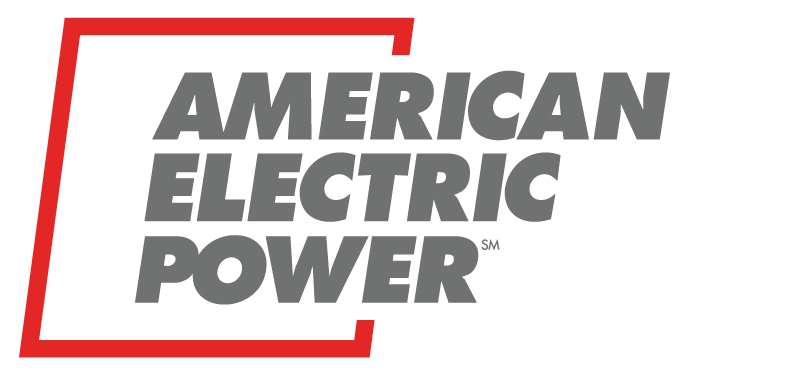
Science Activities in Energy
 Science Activities in Energy, presented on the Experiments page of Electric Universe, is a series of simple, concrete, revealing experiments that was developed by the American Museum of Atomic Energy.
Science Activities in Energy, presented on the Experiments page of Electric Universe, is a series of simple, concrete, revealing experiments that was developed by the American Museum of Atomic Energy.
The purpose of the series is to illustrate certain principles and problems related to various forms of energy and to their development, use and conservation.
More importantly, it is an effort to help you and other teaches involve students directly in exploring intriguing questions — in making discoveries on their own.
You needn’t be an expert in science to use this material. In fact, teachers shouldn’t be expected to know the “right” answer to every question posed. What’s more, many of the activities involve not just science but art, economics, arithmetic, reading, and other skills and disciplines as well — and need not be used in sequence.
Each unit in the series forms a coherent program of instruction on a single topic: solar energy, electricity, conservation, and the like.
Most activities in the series can be completed in the classroom with materials available in any community: pots and pans, paper cups, water, salt, thermometers and cardboard boxes. A few require purchases from local or national suppliers.
Each project is introduced as a question: How much warmer do objects get in the sun than in the shade? What is the best color to paint a house to keep it cool in summer? Which stores solar energy better — water or a rock?
At the outset of an experiment, try to get your students to predict outcomes, even when they have no experience to justify their projections. Urge them to make a guess. They’ll become more interested, feel more involved, if they do.
 In order to answer each question, a student (or class as a group) follows instructions on an activity card that lead him or her through a specific experiment.
In order to answer each question, a student (or class as a group) follows instructions on an activity card that lead him or her through a specific experiment.
This kind of direct student participation leads easily to their related questions — some suggested on the activity cards themselves, others generated by the students and their teacher — and to further exploration by the experimenters on their own.
The American Museum of Atomic Energy has purposely used metric measurements throughout the experiments, believing that this would be part of the learning process for may young people and for some adults as well.
Because the activities are outlined separately, you can easily download them, print hard copies and photocopy them for distribution or project them on a screen or wall.
Prepared by: Oak Ridge Associated Universities, Oak Ridge, TN 37830, under contract No. DE-AC05-76OR00033
Notice
This report was prepared as an account of work sponsored by the United States Government. Neither the United States nor the United States Department of Energy, nor any of their employees, makes any warranty, express or implied, or assumes any legal liability or responsibility for the accuracy, completeness, or usefulness of any information, apparatus, product, or process disclosed, or represents that its use would not infringe privately owned rights. Reference herein to any specific commercial product, process, or service by trade name, make, manufacturer, or otherwise, does not necessarily constitute or imply its endorsement, recommendation, or favoring by the United States Government or any agency thereof. The views and opinions of authors expressed herein do not necessarily state or reflect those of the United States Government or any agency thereof.
